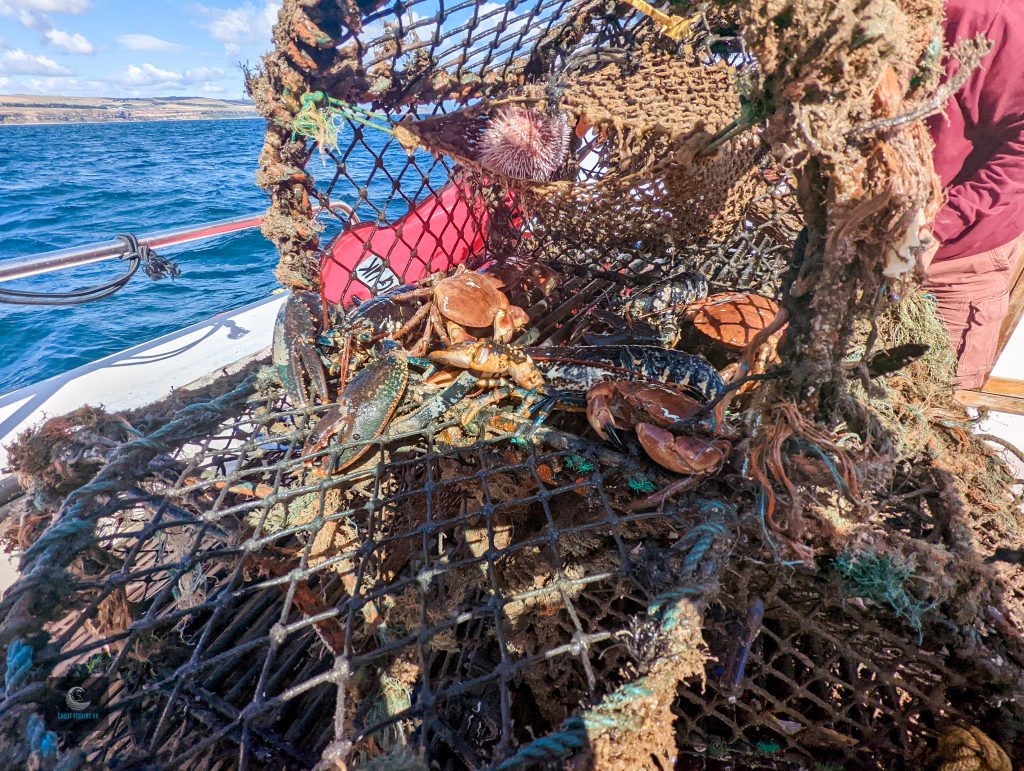Abandoned, lost or discarded fishing gear (ALDFG, or ‘ghost gear’) presents a challenge for fisheries’ sustainability. It adds to existing pressures such as overfishing, declines in fish stocks and climate change, writes Martin Maple.
Ghost gear is a source of marine pollution, but because it was designed to catch animals it has a disproportionate impact on wildlife, marine and coastal habitats, and food security.
Knowing how much fishing gear enters the world’s oceans is needed to inform interventions by policy makers, managers, port authorities, the seafood industry and fishers.
Ghost gear has been identified as a cause for concern since 1975, when it was estimated that 1350 tons of fishing gear was lost each year. This publication also estimated that the total quantity of litter entering the marine environment each year was 6.4 million tons.
In 2009 the United Nations estimated that up to ten percent of marine litter was ghost gear. From this estimate, the oft quoted, but recently criticised, figure of 640,000 tonnes of fishing gear being lost into the ocean each year is derived.
In the UK fishers are required to report lost fishing gear. However the dataset is sparse and unlikely to provide a complete picture.
Recent research by Australia’s Commonwealth Scientific and Industrial Research Organisation has shown that a better estimate is that an average of 1.82 percent (±0.20%) of all fishing gear is lost into the ocean each year. The researchers found this comprises 2963 km2 of gill nets, 75,049 km2 of purse seine nets, 218 km2 of trawl nets, 739,583 km of long line mainlines, and more than 25 million pots and traps.
Notwithstanding any uncertainty, the United Nations 2030 Agenda for Sustainable Development Goal 14 asks members to regulate destructive fishing practices and significantly reduce marine pollution. Gear marking and tracking, gear loss reporting and recovery, regulation of destructive fishing practices, minimisation of pollution events, and improvements in port reception facilities for end of life gear contribute to this.
What remains is further research on the causes of fishing gear loss, including identification, quantification and monitoring, since this will further help in evaluating the impact of ghost gear on the environment.
Related article: Five shocking ghost fishing statistics.

